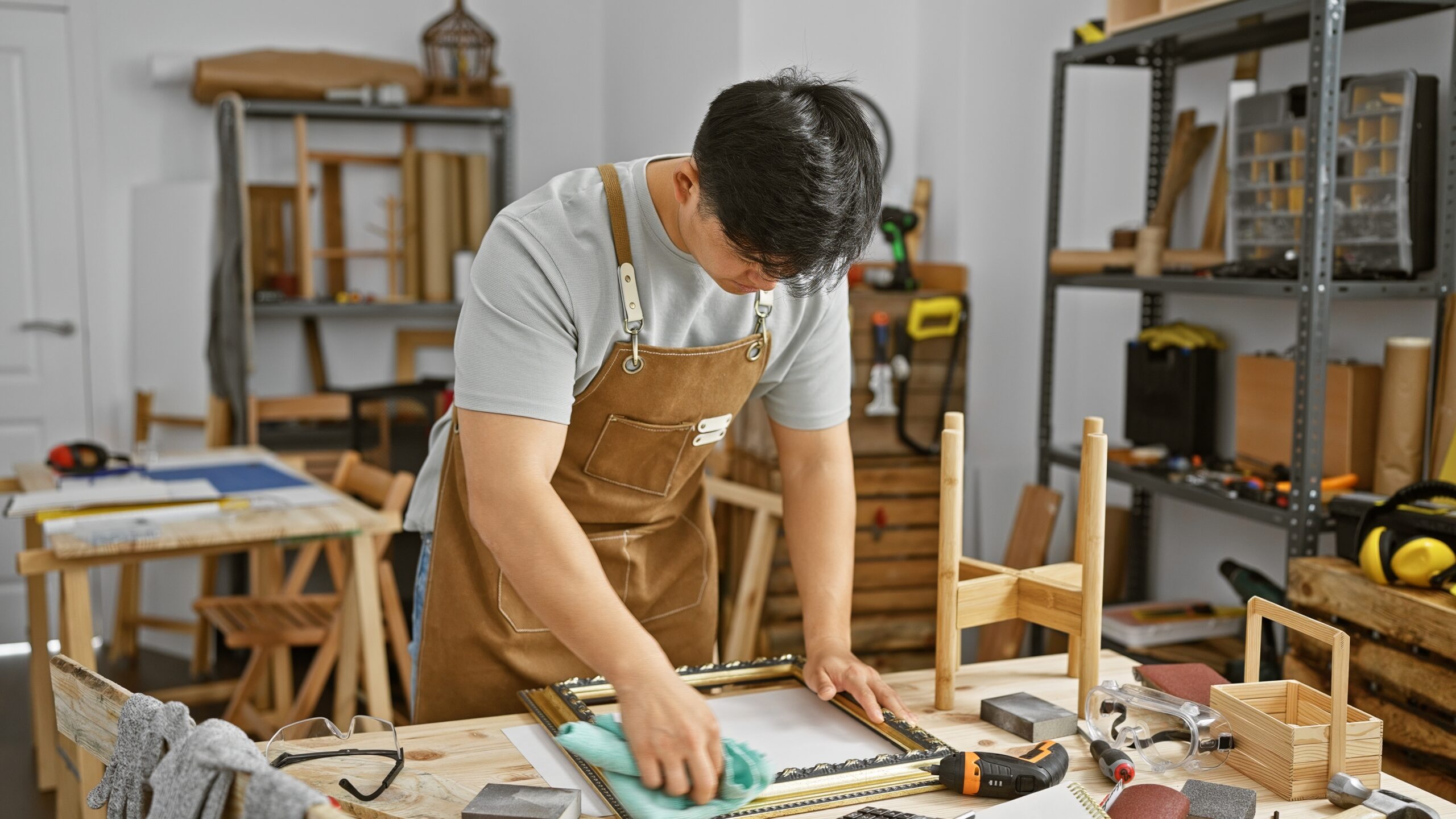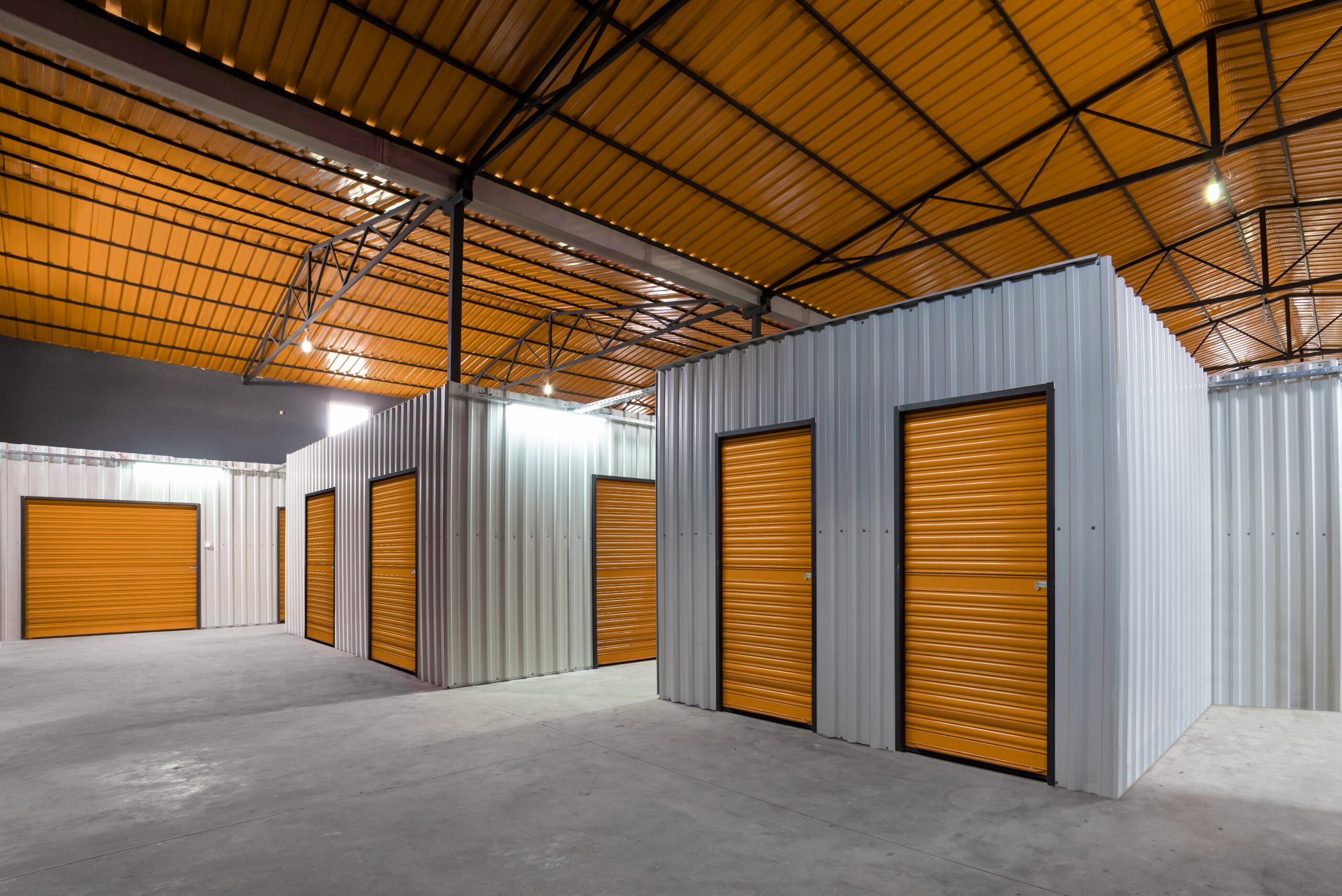Hobbyists and professional drummers alike know the pros and cons of owning their own drum set. On one hand, it means you can practice, record, and jam whenever you like; on the other hand, even the most basic drum kit takes up a lot of space in your home, and if you’re not using one, it can easily get in the way.
If you’re looking to get an unused drum set out of your house but still want to keep it, it may be time to consider renting a self-storage unit. In this article, we’ll cover every step of preparing and storing your drums so that they’re in their best condition once you bring them back home.
How do I prepare a drum kit for self-storage?
When you’re first getting ready to pack your drum set away, start by taking the entire thing apart, piece by piece. Separate the drum heads from the drums, and keep track of smaller hardware by storing them in small, labeled plastic bags. If you can, wrap the legs of drum stands in bubble wrap to protect them.
Pack your kit in large, sturdy plastic or cardboard containers to protect it from the elements. With the drum heads removed, you can easily store drums inside each other; start with the largest, then go down in size so each drum is nested inside a slightly larger drum. Keep the drum heads in the same container, separate from the drums themselves.
Cymbals and their stands are more expensive and less durable than the rest of the drum kit, so pack them in individual padded cases if you can. Drum boxes and cymbal cases should have any space filled with packing material, like foam or bubble wrap, to keep the contents from sliding around and taking damage.
What storage features should I look for when storing a drum set?
Even though drum kits are made to take a lot of punishment, they can still be delicate and breakable if you don’t take care when storing them. First of all, look for a unit with security features like cameras, on-site staff, and good-quality locks to protect your equipment from theft or vandalism, as replacing drums can get very expensive very fast.
Drums are more likely to be damaged by the elements, though, and this is where climate control becomes a must. A climate-controlled storage unit uses humidifiers and HVAC systems to keep units at a predictable range of temperature and humidity. This will prevent your drums from warping, your drum heads from cracking, and even prevent metal components from rusting.
Finally, consider outdoor units with drive-up access if you’re loading and unloading a large kit. This will make it easier for you to transfer your drums from your vehicle into the unit and vice versa.
How do I store my drums in a unit without damaging them?
When packing your drums into a storage unit, if you’re storing other things inside, never stack heavy objects on top of your kit. These objects can crush the delicate parts underneath them and damage them beyond repair, and insurance won’t cover any damage you cause to your own instruments! You should also place your kit pieces on a tarp or pallet to protect them from any moisture that could collect on the floor.
Now that you know how to store drums in a storage unit, you may be wondering how to find units near you that fit your needs. That’s what we’re here for! Use Storage.com’s built-in search tool to find storage units near you and compare prices.






